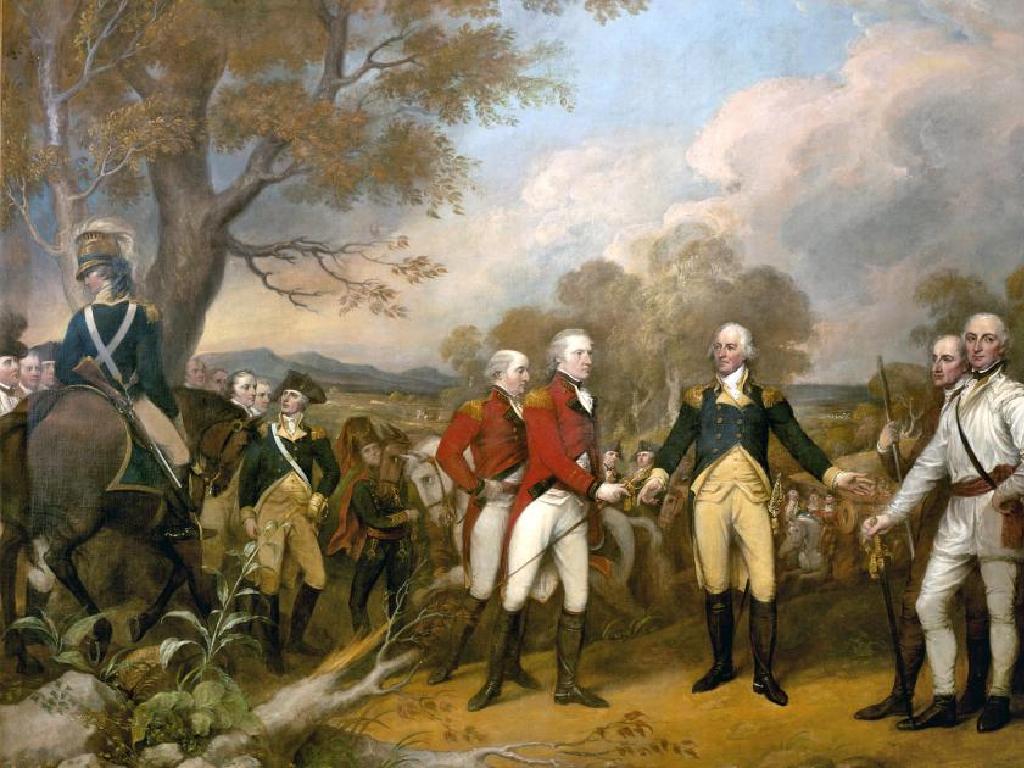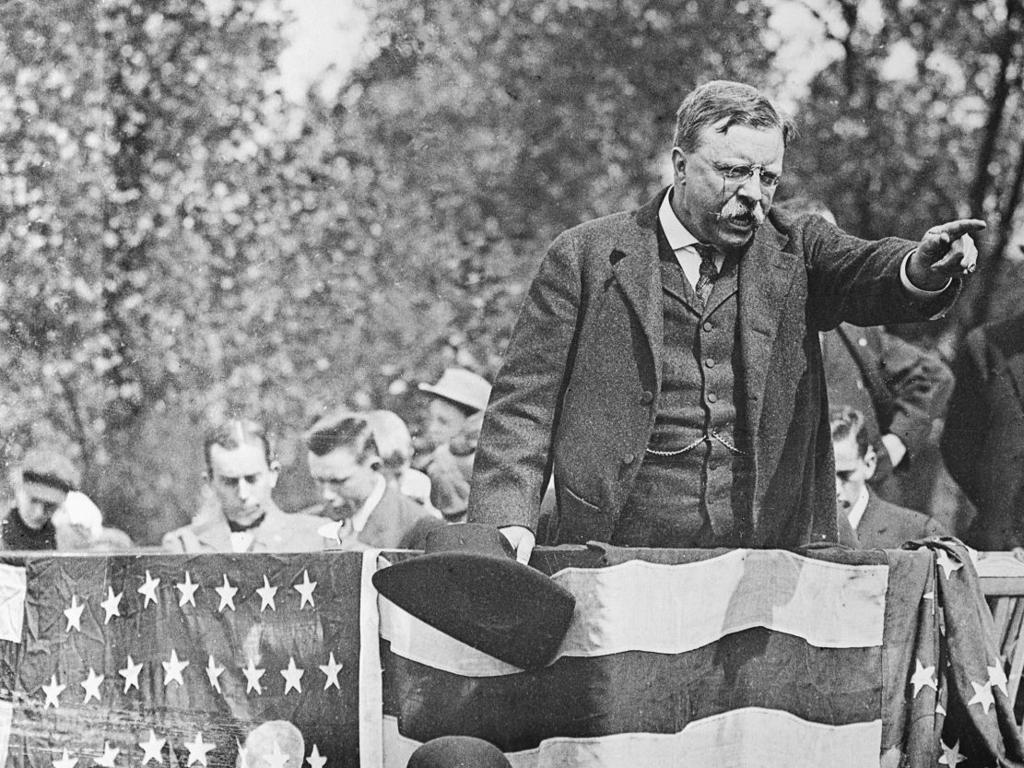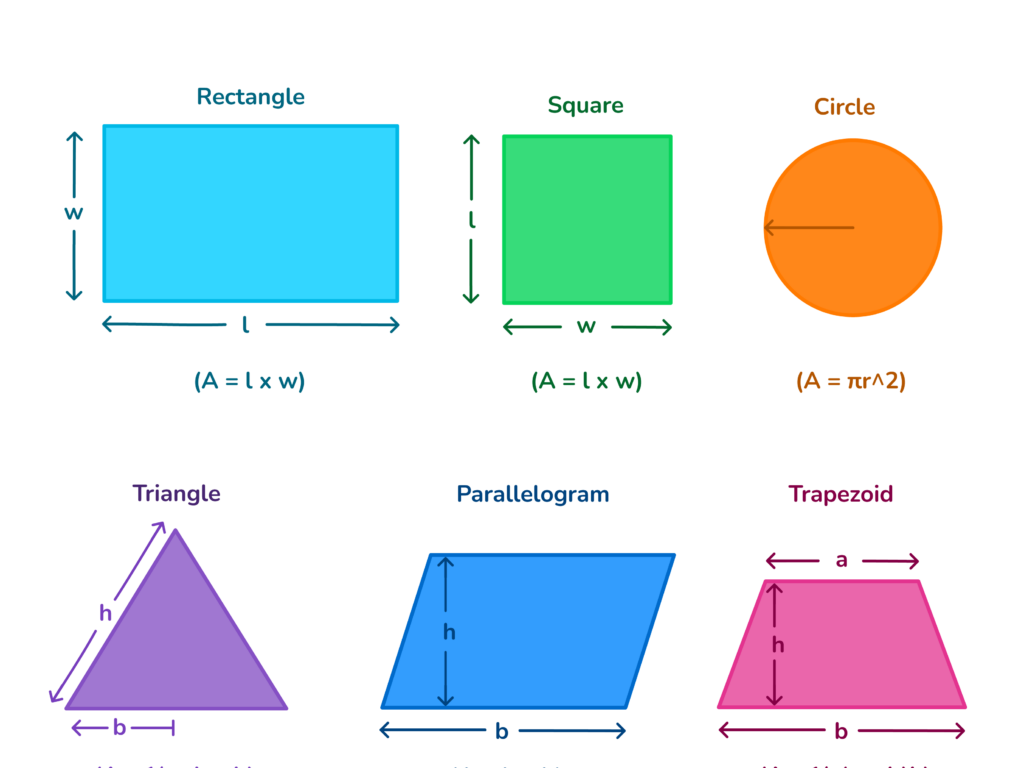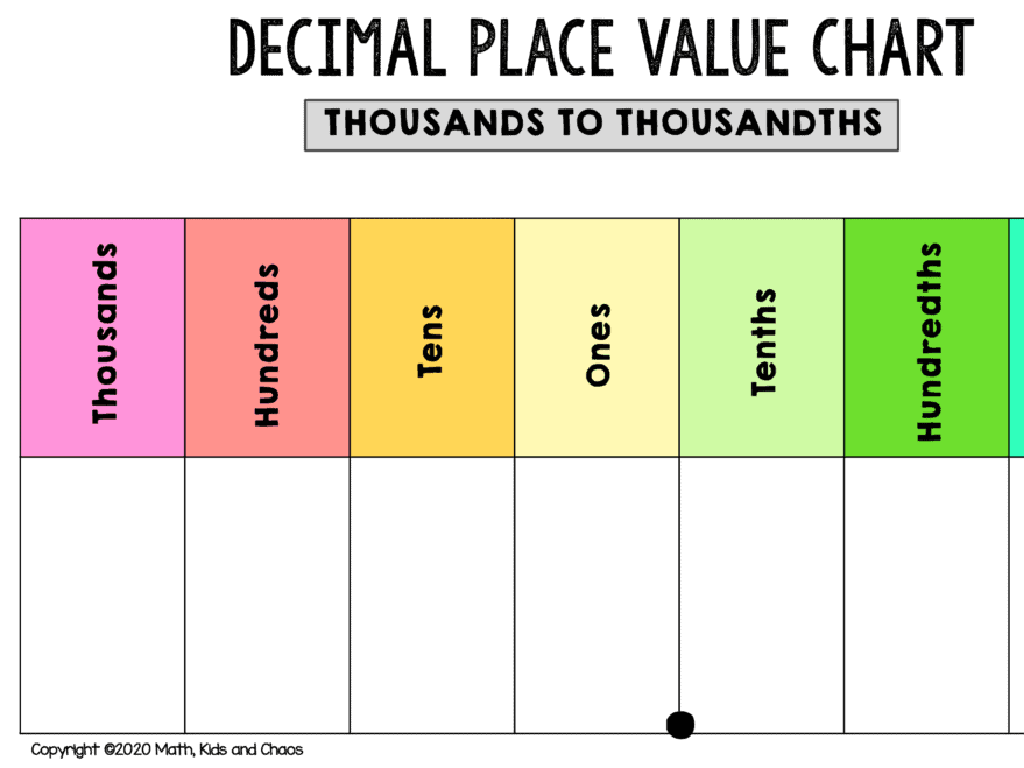Form The Singular Or Plural Possessive
Subject: Language arts
Grade: Fifth grade
Topic: Nouns
Please LOG IN to download the presentation. Access is available to registered users only.
View More Content
Nouns and Possession
– What is a noun?
– A noun is a person, place, thing, or idea
– Grammar and possession
– Possession shows ownership or belonging
– Forming singular possessive
– Add ‘s to a singular noun to show it owns something
– Forming plural possessive
– Add ‘ to plural nouns ending in s to show ownership
|
This slide introduces the concept of nouns and possession in grammar. Start by explaining that a noun can be a person, place, thing, or idea. Then, discuss the concept of possession, which indicates that something belongs to someone or something. Teach students how to form the singular possessive by adding ‘s to the end of a singular noun, for example, ‘dog’s leash’ shows that the leash belongs to the dog. For plural possessive, if the plural noun already ends in s, simply add an apostrophe at the end, like in ‘dogs’ leashes’ to show that the leashes belong to multiple dogs. Provide examples and encourage students to come up with their own. In the next class, practice these concepts with exercises.
Forming Singular Possessive Nouns
– Add apostrophe + ‘s’ for ownership
– Example: The girl’s bicycle
– Shows the bicycle belongs to the girl
– Example: The cat’s whiskers
– Indicates the whiskers belong to the cat
– Practice finding singular possessives
– Identify possessives in given sentences
|
This slide introduces the concept of singular possessive nouns to the students. It explains that by adding an apostrophe and ‘s’ to a singular noun, we show that the noun owns something. Use everyday examples like ‘the girl’s bicycle’ or ‘the cat’s whiskers’ to illustrate this point. For the practice activity, provide sentences and ask students to find and underline the singular possessive nouns. This will help them understand how to form and identify singular possessive nouns in writing. Encourage students to think of their own examples and share them with the class.
Mastering Plural Possessive Nouns
– Apostrophe use in plural nouns
– Add an apostrophe after the ‘s’ to show possession
– Examples of plural possessives
– ‘students’ homework’ means homework of many students
– Practice identifying plural possessives
– Find the plural possessive in ‘The dogs’ leashes were tangled.’
|
This slide introduces the concept of plural possessive nouns to the students. It explains the rule of adding an apostrophe after the ‘s’ in plural nouns to indicate possession. The examples provided will help students see how plural possessive nouns are used in sentences. The practice activity is designed to reinforce their understanding by having them identify plural possessive nouns within a given sentence. Encourage students to explain why the noun is possessive and how they determined its plurality. This will help solidify their grasp of the concept and prepare them for more complex possessive structures.
Irregular Plural Possessive Nouns
– Irregular plurals possessive forms
– Not all plurals end in ‘s’. Learn their special possessive forms.
– Examples: children’s, men’s
– ‘Children’ becomes ‘children’s’ and ‘men’ becomes ‘men’s’ for their belongings.
– Practice forming possessives
– Use what we’ve learned to create possessive forms.
– Write possessives for: women, children, mice
– How would you show that something belongs to women, children, or mice?
|
This slide introduces students to the concept of forming possessive nouns from irregular plural nouns. Unlike regular nouns where we simply add an apostrophe and an ‘s’, irregular nouns follow different rules. Provide examples like ‘children’s games’ to illustrate how the possessive form is created. During practice, guide students to apply these rules by writing the possessive form of ‘women’, ‘children’, and ‘mice’. Encourage them to think about ownership and what these possessive forms indicate. For instance, ‘women’s clothing’ refers to clothing designed for women. This exercise will help solidify their understanding of possessive forms in the context of irregular plural nouns.
Contractions vs. Possessive Nouns
– Understanding the difference
– Contractions combine words using an apostrophe
– It’s vs. its examples
– ‘It’s’ means ‘it is’, while ‘its’ shows ownership
– They’re vs. their examples
– ‘They’re’ is ‘they are’, ‘their’ shows ownership
– Practice with sentences
– Choose the right form to complete sentences
|
This slide aims to clarify the difference between contractions and possessive nouns, which often confuse students due to their similar spelling but different meanings. Contractions are shortened forms of two words, where an apostrophe replaces the omitted letter(s). Possessive nouns show ownership. Provide clear examples: ‘It’s’ is a contraction for ‘it is’ or ‘it has’, and ‘its’ is a possessive pronoun meaning ‘belonging to it’. Similarly, ‘they’re’ is a contraction for ‘they are’, while ‘their’ is a possessive pronoun meaning ‘belonging to them’. For practice, create sentences where students must choose the correct form, reinforcing their understanding through application. This exercise will help students recognize and use these forms correctly in their writing.
Let’s Practice Possessive Nouns!
– Interactive possessive noun examples
– We’ll form possessives together, like ‘dog’s leash’ or ‘teachers’ lounge’.
– Group activity with sentences
– In groups, create sentences using possessive nouns we’ve learned.
– Individual possessive writing task
– On your own, write the possessive form of nouns I give you.
– Understanding singular vs plural possessives
– Learn the difference: ‘cat’s toy’ (one cat) vs ‘cats’ toys’ (many cats).
|
This slide is for a class activity focused on forming singular and plural possessive nouns. Begin with interactive examples on the board, engaging students by asking them to transform common nouns into their possessive forms. For the group activity, divide the class into small teams and have them create sentences using possessive nouns, fostering collaboration. The individual activity will involve students writing possessive forms of nouns provided by the teacher, reinforcing their understanding. Emphasize the apostrophe placement for singular (after the noun) and plural possessives (after the ‘s’ if the noun is plural). Provide feedback and ensure each student participates and grasps the concept.
Class Activity: Possessive Noun Scavenger Hunt
– Find classroom items for possessive forms
– Write singular and plural possessives
– Share findings with the class
– Discuss the importance of possessives
– Helps show ownership and clarify meaning in sentences.
|
This interactive activity is designed to help students recognize and correctly form singular and plural possessive nouns. Have students move around the classroom to identify various items. Once they select an item, they should write down its singular possessive form (e.g., ‘teacher’s desk’) and its plural possessive form if applicable (e.g., ‘students’ desks’). Afterward, students will share their findings with the class, fostering peer learning. Conclude the activity with a discussion on the importance of possessive nouns in writing, emphasizing how they help indicate ownership and provide clarity. This will enhance their understanding of how possessives function within sentences and improve their overall writing skills.
Possessive Nouns: Conclusion & Homework
– Recap singular & plural possessives
– Remember, add ‘s for singular possessives, s’ for plural possessives
– Write a story with 10 possessive nouns
– Include characters, settings, and objects that belong to someone
– Practice makes perfect!
– Share your stories next class
– We’ll read some stories as a class for practice
|
This slide wraps up the lesson on singular and plural possessive nouns. Start with a quick recap, emphasizing the rules for adding ‘s for singular possessives and s’ for plural possessives. For homework, students are tasked with writing a short story that includes at least 10 possessive nouns, which will help them apply what they’ve learned in a creative context. Remind students that practicing these concepts will help solidify their understanding. In the next class, select a few stories to read aloud, which will provide students with the opportunity to hear possessive nouns used correctly by their peers.






